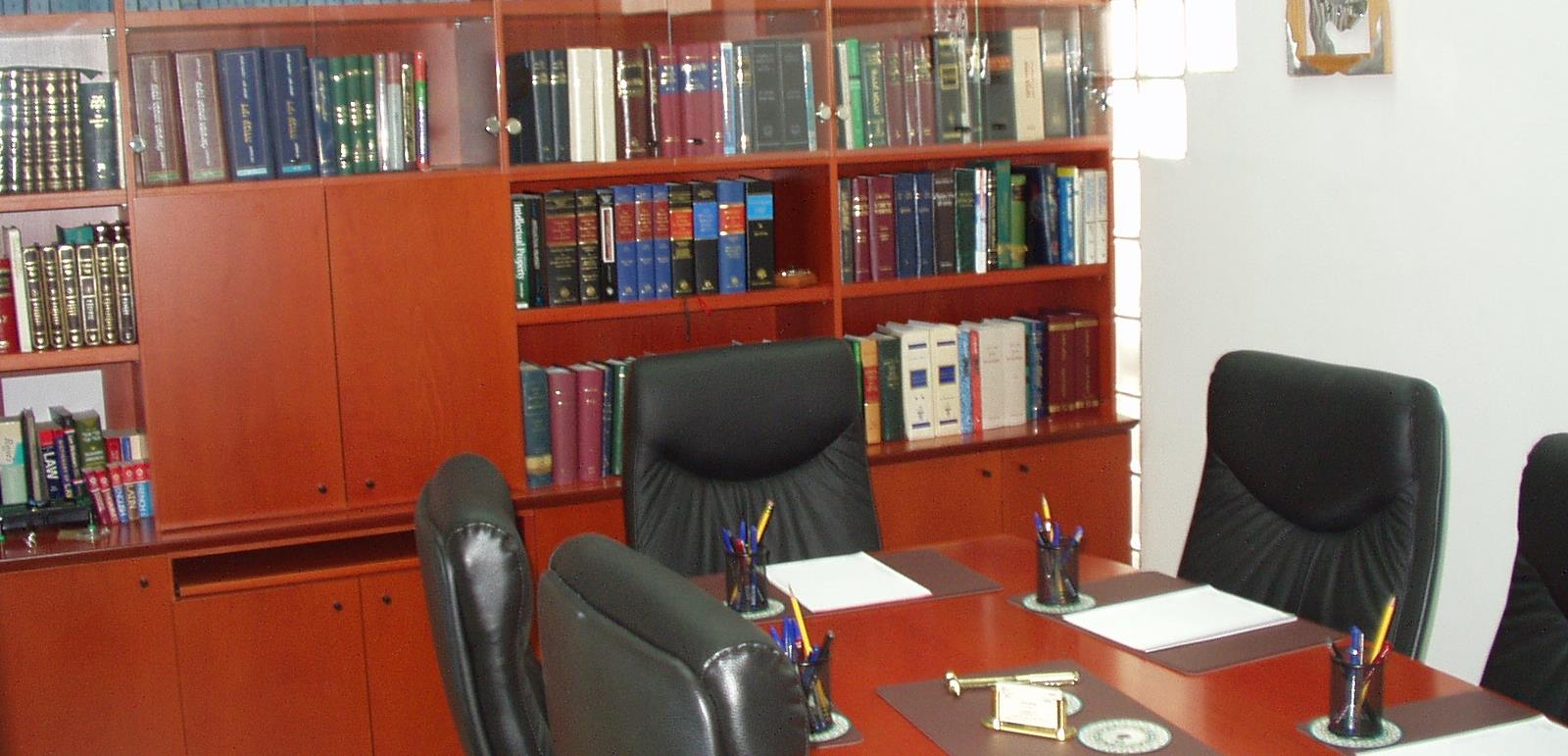




Some Extra Details, for the Curious....
In many countries around the world, the process of examining a trademark application is made up of two steps. First, the examiner will consider whether the trademark is inherently eligible for registration. For example, a mark which describes the products for which it will be used (e.g. "Pear" in respect of fresh fruit) will be illegible. This is called examination on "absolute grounds". Second, the examiner will compare the application with other trademarks that have already been registered. An application which is deemed confusingly similar to a prior registration will be refused. This type of examination is known as "relative grounds".
However, EUIPO only performs the first type of examination, namely, on absolute grounds. EUIPO will approve an application even if it is similar to existing EUTMs or to marks that have been registered in any of the 28 EU Member States. This helps speed up the examination process. On the other hand, EUIPO will generally send a notice to the owners of prior registrations which it considers to be most similar. The logic behind this is that if any third party, having a similar mark, feels the new application would cause confusion, it may, after receiving notification from EUIPO or otherwise learning of the new application, file an opposition. This is discussed in the previous paragraph.
Since examination on relative grounds is not performed by EUIPO, many applicants choose not to perform formal trademark searches prior to filing applications. Such a search, in order to be useful, would need to be performed in all 28 EU Member States, since any prior registration in any of these countries could form the basis for an opposition. A thorough search in 28 Member States would be costly and time-consuming, which is another reason that many applicants decide not to perform this type of search. On the other hand, a search of existing EUTMs (as opposed to searches in all the EU Member States) can be helpful, and is quick and inexpensive. Although not definitive in any way, this can sometimes give a preliminary indication as to the risks of an opposition being filed later in the process.
However, EUIPO only performs the first type of examination, namely, on absolute grounds. EUIPO will approve an application even if it is similar to existing EUTMs or to marks that have been registered in any of the 28 EU Member States. This helps speed up the examination process. On the other hand, EUIPO will generally send a notice to the owners of prior registrations which it considers to be most similar. The logic behind this is that if any third party, having a similar mark, feels the new application would cause confusion, it may, after receiving notification from EUIPO or otherwise learning of the new application, file an opposition. This is discussed in the previous paragraph.
Since examination on relative grounds is not performed by EUIPO, many applicants choose not to perform formal trademark searches prior to filing applications. Such a search, in order to be useful, would need to be performed in all 28 EU Member States, since any prior registration in any of these countries could form the basis for an opposition. A thorough search in 28 Member States would be costly and time-consuming, which is another reason that many applicants decide not to perform this type of search. On the other hand, a search of existing EUTMs (as opposed to searches in all the EU Member States) can be helpful, and is quick and inexpensive. Although not definitive in any way, this can sometimes give a preliminary indication as to the risks of an opposition being filed later in the process.

© Reif & Reif 2014-2016. All Rights Reserved
The Procedure
Once we have filed the application for you, it enters a queue, awaiting examination by the EUIPO examiners. You can find some more details about that, in the next column.
In some cases, we will be able to fast-track an application, so that examination is completed within a matter of days. For other applications, the examination process may take a few weeks. All in all, EUIPO provides an efficient and swift service.
If EUIPO approve the mark, then it is published in an official EUTM journal. During a period of 3 months, any third party may oppose the application. If no opposition is filed, then a certificate of registration will be issued shortly afterwards. If an opposition is filed, the parties are given the opportunity to settle the matter between them. In most cases, settlement is possible. If no settlement is reached, the application can either be abandoned, or else the opposition must be contested. Reif Marks will be happy to provide more details about this if and when it occurs.
If EUIPO examines the application and decides that the trademark does not meet the ctiteria for registration, then it will issue a refusal. It is possible to try and overcome such refusals. Again, this is something Reif Marks would discuss with you if it arises, as additional costs would be incurred in such action. If a refusal is overcome, then EUIPO will approve and publish the mark, as discussed above.
In the event of refusals or oppositions, we would update you, and provide an estimate of the chances of successfully overcoming the obstacle, and the extra costs that would be incurred as a result. We will always be available to continue to assist you in registering your mark, if you approve the budget and choose to proceed.
In some cases, we will be able to fast-track an application, so that examination is completed within a matter of days. For other applications, the examination process may take a few weeks. All in all, EUIPO provides an efficient and swift service.
If EUIPO approve the mark, then it is published in an official EUTM journal. During a period of 3 months, any third party may oppose the application. If no opposition is filed, then a certificate of registration will be issued shortly afterwards. If an opposition is filed, the parties are given the opportunity to settle the matter between them. In most cases, settlement is possible. If no settlement is reached, the application can either be abandoned, or else the opposition must be contested. Reif Marks will be happy to provide more details about this if and when it occurs.
If EUIPO examines the application and decides that the trademark does not meet the ctiteria for registration, then it will issue a refusal. It is possible to try and overcome such refusals. Again, this is something Reif Marks would discuss with you if it arises, as additional costs would be incurred in such action. If a refusal is overcome, then EUIPO will approve and publish the mark, as discussed above.
In the event of refusals or oppositions, we would update you, and provide an estimate of the chances of successfully overcoming the obstacle, and the extra costs that would be incurred as a result. We will always be available to continue to assist you in registering your mark, if you approve the budget and choose to proceed.
Trademark Registration Specialists

Reif Marks





